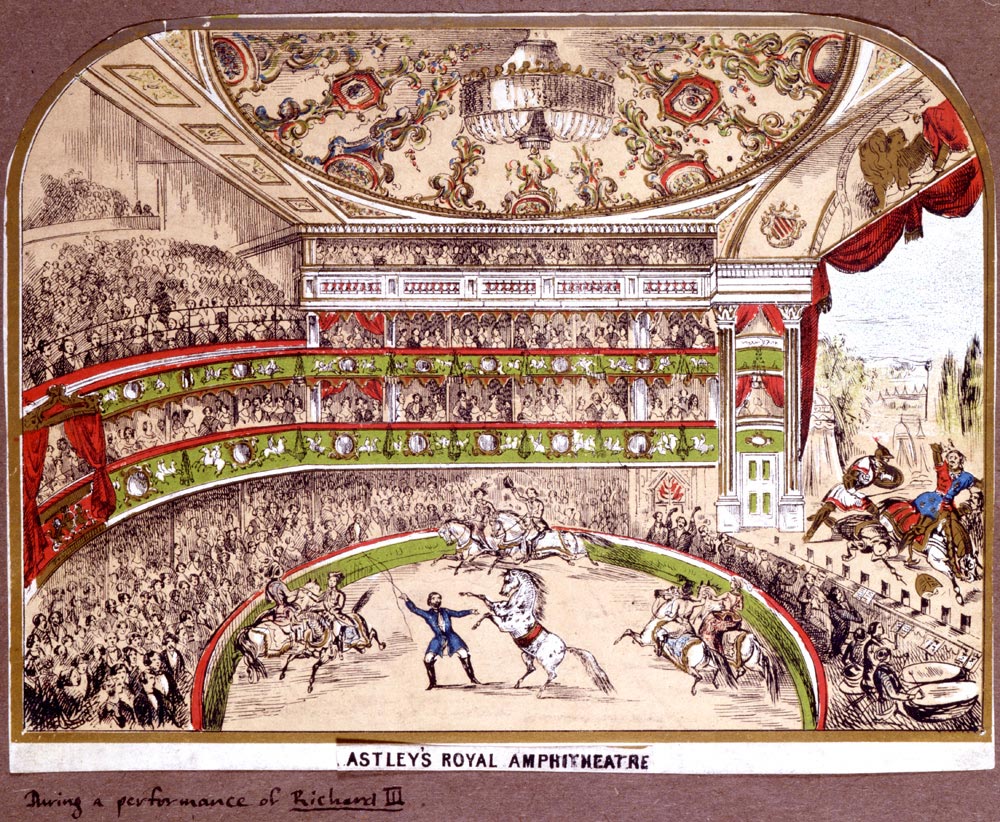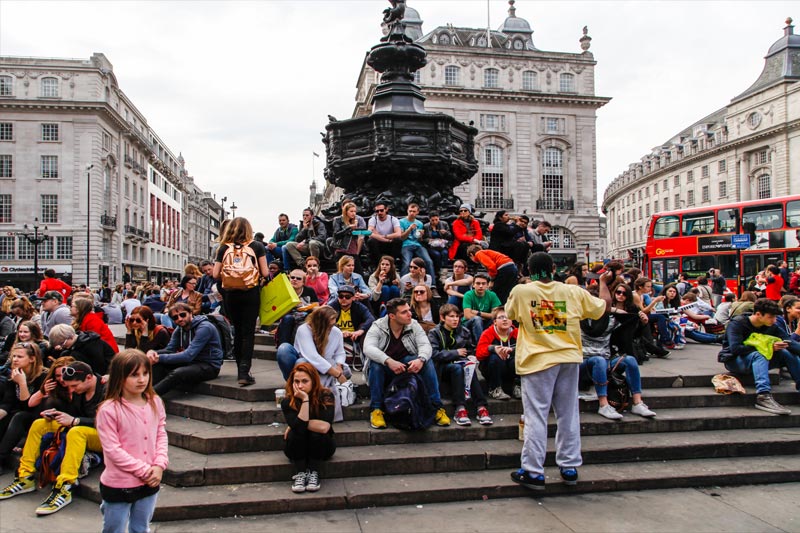And all because a young man was determined to ride horses. The enthusiastic equestrian Philip Astley even joined the cavalry to ride horses and the fact he saw saw plenty of military action, was just a byproduct of his hobby.
His equine love led him to start a riding school and ultimately to invent the modern circus as we know it.

Astley was truly ahead of his time. Not only did he conceive ‘circular riding’, he worked out that a 42ft diameter circle was the optimum size to create the right centrifugal force to help him balance on the the horse. As a big man for the day at 6ft tall, this was critical.
Something called The Tailor of Brentford was an extraordinary act and is thought to have been the first time horsemanship and comedy were combined for public entertainment.
The show grew to include other fairground acts such as strongmen, jugglers, acrobats and clowns. The modern circus was taking shape…

Sadly it was not to last, and it had nothing to do with his interloping circus neighbour, but everything to do with the most basic laws of combustion. Anywhere there is a lot of wood in close proximity to plenty of fire, it is only a matter of time before an unwelcome bonfire ensues.
Sure enough, in 1803 it burnt to the ground. But Astley was nothing, if not determined. One year later it was rebuilt for the third time and was even more ornate. And stronger stages meant more horses!
Management was taken over in 1824 by Andrew Ducrow, a local man born in Southwark and fully equipped with extraordinary riding and acrobatic skills as well as strongman talents.
The scale of shows became ever more ambitious and included great battle reenactments such as Waterloo and the Crimean War. Naturally, these didn’t go without incident and injuries to performers cost Ducrow a fortune.
Onwards and upwards, Astley built a new circus in The Strand on the corner or Wych and Newcastle Streets. It was even more spectacular than its predecessors. Sadly it never took off. Name changes and predominant use as a theatre didn’t work and it was sold in 1813.
One year later Philip Astley died of stomach conditions aged 72. It was a remarkable life and the legacy of that horse-loving little boy is alive and well in every modern circus that has taken place since, anywhere in the world.




